January 16 (Sat.) - March 21 (Mon.,Holiday), 2016
The Latin term ecce homo means "behold the man." Derived from a scene in the New Testament, the words are directed at Jesus Christ, who is being tried for a crime. He is clad in a purple robe and
a crown of thorns. After being whipped and covered with blood, his fate is in the hands of the ignorant masses. Concerned with Jesus' ordeal (ultimately he is crucified), ecce homo scenes have frequently been depicted in art.
Depictions of human beings which contain not only a religious but also a moral lesson indicate an ideal human state. Such portrayals, including but not limited to ecce homo, have been repeated through the history of Western art. Or to be more precise, the awareness of how to depict human beings and capture their essence has been a central theme in art of every age and country. But today, after two world wars, there are virtually no human depictions that are directly linked to a moral message. At a time when so much uncertainty exists in regard to the ideal human form, contemporary artists are instead faced with the task of reexamining the fundamental human condition.
The human image in contemporary art has arisen out of confrontations with a variety of social contradictions and irrational situations. In this exhibition, drawing primarily on the museum's holdings and a number of masterpieces from other domestic collections, we trace developments in the depiction of human beings since World War II. Sometimes focusing on corpses and crime, other times on torn skin and the inner organs that are concealed underneath, and still other times on obscure apparitions without definite contours, contemporary human images do not permit easy empathy. Contemporary artists stop short of drawing morals and by simply apprehending an image (nothing more, nothing less), they embark on an inquiry into human existence. Behold the contemporary human image.
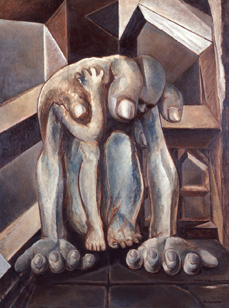
Masao TSURUOKA, Heavy Hand, 1949, The collection of The Museum of Contemporary Art, Tokyo
© Hiroko Yoshida
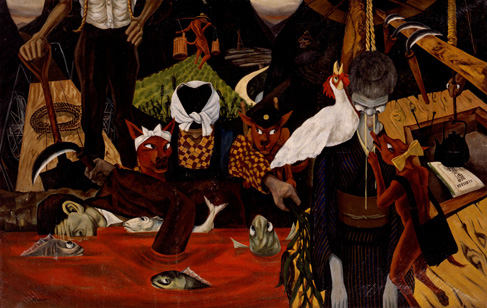
Kikuji YAMASHITA, The Tale of Akebono Village, 1953, The collection of The National Museum of Modern Art, Tokyo
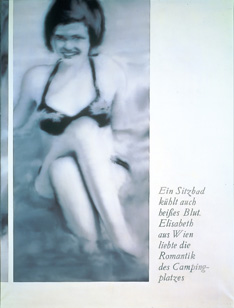
Gerhard RICHTER, Elisabeth, 1965, The collection of The Museum of Contemporary Art, Tokyo
© Gerhard Richter 2016
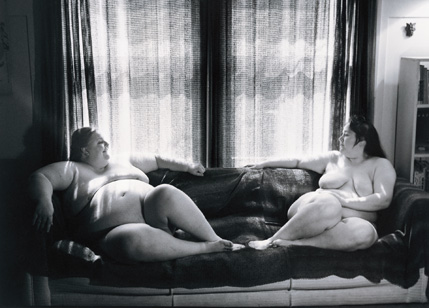
Laurie Toby EDISON, Tracy Blackstone & Debbie Notkin, 1994, The collection of The National Museum of Art, Osaka
© Laurie Toby Edison
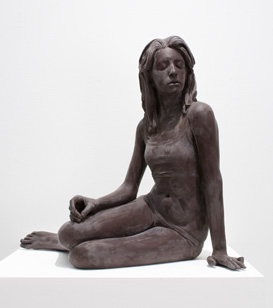
Marc QUINN, Beauty and the Beast, 2005, The collection of The National Museum of Art, Osaka
© Marc Quinn, Photography by Kazuo Fukunaga
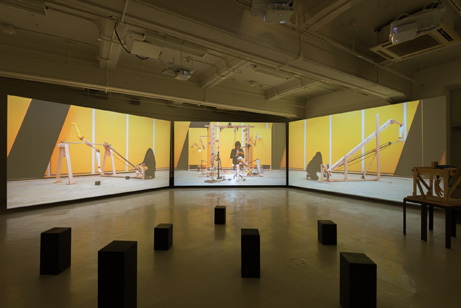
Motohiko ODANI, Terminal Impact (featuring Mari Katayama"tools"), 2014, Collection of the artist
© Motohiko ODANI, Photography by Nobutada Omote, Courtesy of YAMAMOTO GENDAI
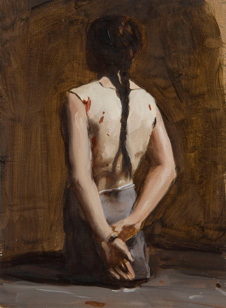
Michaël BORREMANS, Automat (3), 2008, The collection of The National Museum of Art, Osaka
© Michaël Borremans / Courtesy of Zeno X Gallery,
Antwerp and Gallery Koyanagi, Tokyo
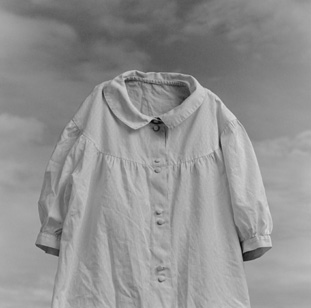
Yuki ONODERA, Portrait of Second-hand Clothes No.52, 1997, The collection of The National Museum of Art, Osaka
©Yuki Onodera
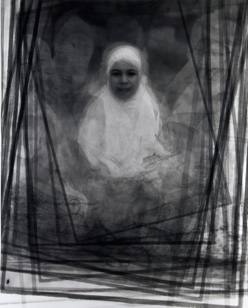
Ken KITANO, 38 Muslim Women Attending Prayers After Observing Ramadan, No.1, September 20, 2009, Ambon, Maluku, Indonesia from "our face: Asia", 2010, The collection of The National Museum of Art, Osaka
© Ken Kitano
Opening Hours
10:00 - 17:00 (last admission 16:30), Fridays until 19:00 (last admission 18:30).
Closed
Mondays except March 21, 2016.
Admission Fee
Adults : 900 Yen (600 Yen)
University students : 500 Yen (250 Yen)